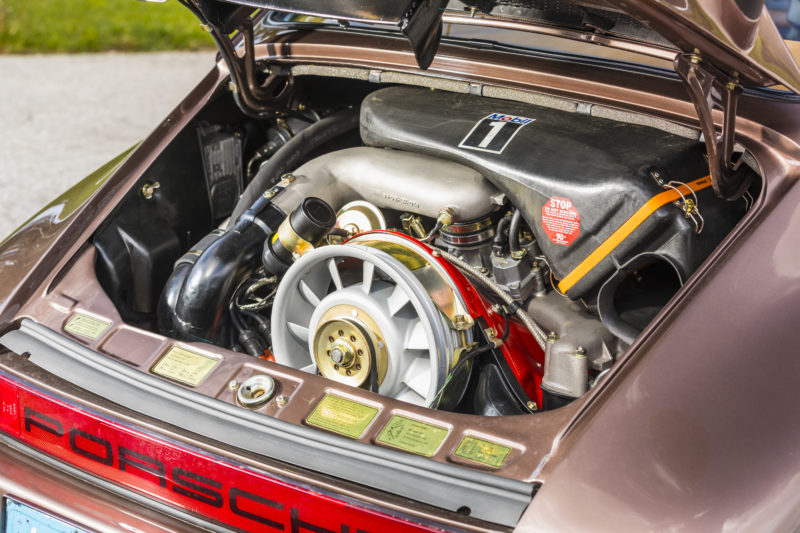Turbo v Carrera: 930 3.0 vs 2.7 MFI
After the swing of the 1960s, the 1970s are often lambasted, wrongly viewed as a decade of energy crises, political upheaval and scandal. The reality is that while the 1970s might have been a turbulent decade, they were also arguably a turning point in the modern world.
Those energy crises did raise global concerns over consumption and, unsurprisingly, the car was in the firing line, particularly in the US. Increasing legislation for fuel economy and emissions, as well as safety, demanded change. That created problems for Porsche with the 911.
The 911s of 1970’s America would feature detuned engines to pass economy standards, EU and RoW cars largely escaping those, though those US regulations would have a pronounced impact on how the 911 would look.

From 1973 onwards US domestic and imported cars had to survive a 5mph collision without any damage to the headlights, engine or safety equipment. The 911’s bumpers had to change, with the US regulation demanding innovation.
The G-series bumpers were born, revolutionising the 911’s look and ensuring it would pass not just the 1973-onwards regulations, but also the later zero-damage standards that would come into force over the next decade.
Porsche evidentially thrives on the challenges posed by regulation, and those US rules forced the company’s hand changing the 911’s look. The styling department is credited as being responsible for those iconic bumpers, under then-director Anatole Lapine and a team consisting of Wolfgang Möbius, Dick Söderberg and Peter Reisinger.

In contrast to so many rivals’ hastily devised, somewhat awkward efforts, Porsche’s solution to the regulations was beautifully integrated and simply engineered. Larger, higher, body-painted bumpers with neoprene rubbing strips were adopted, to which functional ‘bellows’ which compressed on impact were fitted.
The bellows were a neat solution which allowed the bumpers to move as much as 50mm, and were attached to collapsible steel tubes on European cars and hydraulic shock absorbers on US cars. The new bumpers were instrumental in the relocation of the battery, too, the now single battery being located in the luggage compartment in front of the left-hand front wheel, improving the weight distribution.
The rear would see a similarly styled wrap-around bumper hung off a complex aluminium extrusion, the lightweight metal adopted to keep additional mass at the rear to a minimum. Above the rear bumper Porsche adopted a reflective red band, joining the rear lights in with a styling element that’s largely pervaded the 911’s rear visual signature ever since.
For the full 930 3.0 v 2.7 MFI feature, pick up your copy of Total 911 issue 181 in shops now or get it delivered to your door via here. You can also download a digital copy with high definition bonus galleries to any Apple or Android device.

Comments (0)